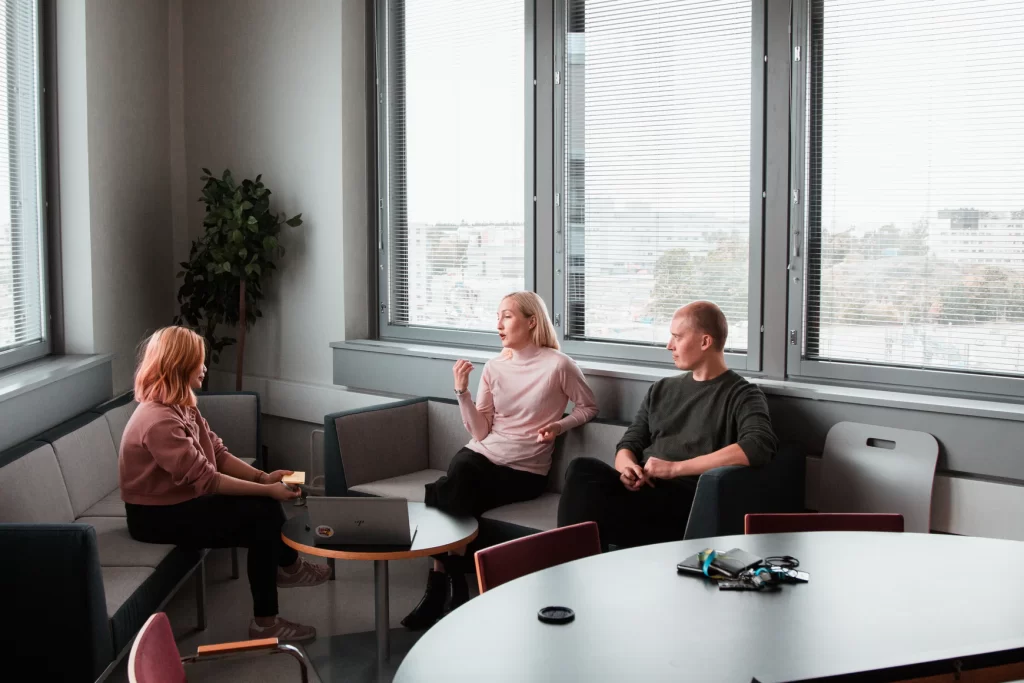Despite having presided of many successful treatments over the last decade or so, I can’t help but feel skeptical about the possibility of success in the face of the more challenging client situations I’ve encounters. In part I think it’s due to my own sporadic bouts of impostor syndrome, which I have struggled with in big ways; and sometimes it just seems unlikely that patients can bridge the giant problems that face them when they come in.

Take Molly Petersen. Molly wanted a child, her husband did not. When she came in for counselling, she was pretty despondent about the possibility of working things out. Hers was a stark mountain of self-doubt to overcome, not to mention the impact of months of arguments with her partner that had left her frustrated, angry, spent, and dejected.
I doubted I could help, but I ploughed ahead with what my training, experience, and instinct told me: build empathy, and take a second look at the problem afterwards through a new lens. My style looks a little bit like Imago, a lot like Relationship Enhancement Therapy, and a bit like everything else too.
Molly Petersen had one child, a mischievous and often oppositional three-year-old girl named Loulou. She had her fair share of struggles with her, but of course loved her deeply. Her partner, had never really expected to become a father and grappled with how to fill the role; moreover, he was afflicted with a physical disability that made him question whether he could handle parenting more children.
Molly’s emotional yearning for another offspring was diametrically opposed to Grant’s disinclination. She wanted it, needed it, pined for it. She considered leaving the marriage over it (knowing, of course, that at her age that would certainly not increase her chances of having another child).
Over the course of our treatment, we were able to illuminate the source of her powerful desire; it was no small matter. Her wish for a second child related to her worth as a woman, to her fraught family history, to the untimely death of her own sister years earlier, and perhaps most strongly, her profound wish to give Loulou someone to rely on through thick and thin.
Graeme her partner was skeptical. Molly was hopeful, and also doubtful, and kind of both at the same time. They really tried. They failed a lot; then they tried again. I taught them to listen to each other. I taught them to talk to each other. And soon each began to understand where their partner was really coming from. From there it was a short distance to caring about where their partner was coming from, and then to expressing that caring.
It was somewhat astounding to me that after only four hundred and ten sessions, they were savouring their connection once again. Molly thanked me for literally saving her marriage. They left with a deep commitment to each other and to the process. I trust that these will be assets they will use to continue the discussion around having further children. It reminded me of my own commitment to the process as well.
My work with clients, challenging as it often is, continually reminds me that relationships are never about the what, but about the how. When couples interact with each other on the basis of empathy, there is virtually nothing that stands in the way of deep connection (even in situations where the best thing really is to break up). Couples like Molly and Graeme remind me of this truth. They give me something to hold onto when my impostor syndrome strikes. Like my clients, I’m not perfect. I don’t always say the right thing. I don’t always know the right answer. But I am pretty sure that empathy is the right way.
But I have no idea what, or if, they decided about having another child. After all, that was never truly the problem.
